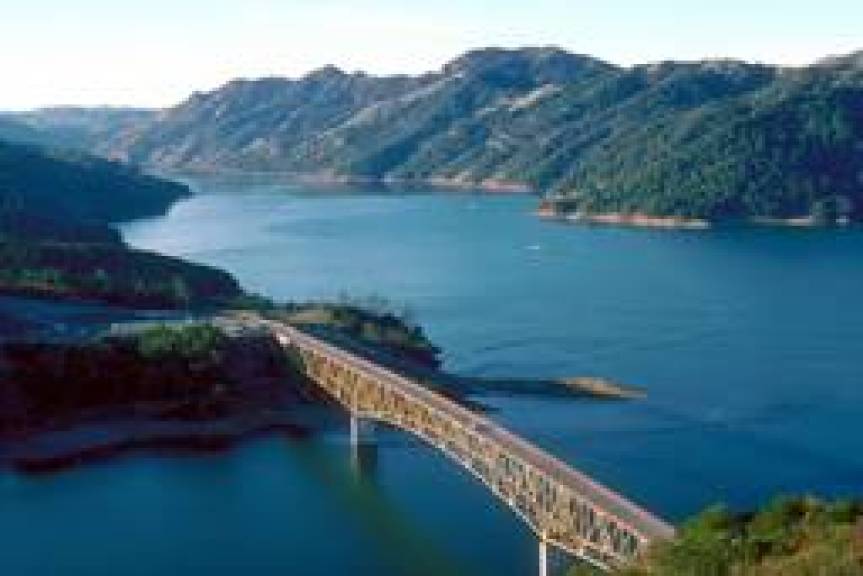Sonoma, CA Local Info

The city of Sonoma lies at the core of the celebrated wine-producing area. The city boasts a vibrant arts scene and is famed for its colonial-era Sonoma Plaza. As the site of the Bear Flag Revolt in 1846, where California's independence was briefly declared, Sonoma holds a significant place in American history. Its charming plaza, surrounded by historic buildings, artisan shops, and gourmet restaurants, offers visitors a delightful blend of old-world charm and contemporary sophistication.
Encircling this historic plaza stand notable 19th-century adobe structures, such as Mission San Francisco Solano and the Sonoma Barracks, which served as a military outpost during the Mexican era. Another notable historic site is Vallejo's Home, the former residence of General Mariano Guadalupe Vallejo, a key figure in California's transition from Spanish to Mexican and eventually American rule. The home offers guided tours, allowing visitors to step back in time and experience life in 19th-century California
.
One of the main draws of Sonoma is its thriving wine industry, and this city has it all for you to sample. The region boasts hundreds of wineries and vineyards, producing some of the finest wines in the world, including Sonoma's famous Chardonnay, Pinot Noir, and Cabernet Sauvignon.
Beyond wine, Sonoma offers a diverse array of attractions and activities. Nature lovers can explore nearby parks and trails, including the Sonoma Valley Regional Park and Jack London State Historic Park, where they can hike, picnic, and admire the stunning scenery.
Getting to Sonoma is convenient, as it is located approximately 45 miles north of San Francisco. Visitors can easily reach Sonoma by car via Highway 101 or Highway 12, both of which provide scenic routes through the wine country. Alternatively, public transportation options are available, including buses and trains that connect Sonoma to nearby cities such as San Francisco, Oakland, and Santa Rosa.
For over 12,000 years before Spanish missionaries arrived in the early 19th century, the Sonoma Valley was home to Indigenous peoples, including the Pomo, Coast Miwok, and Wappo tribes. Despite significant European influx, their descendants still reside in Sonoma County today. On July 4, 1823, Father José Altimira established Mission San Francisco Solano de Sonoma, the last of California's 21 missions, to keep an eye on the Russian American Company settlement at Fort Ross on the coast.
During the Mexican Secular Period (1835-1846), Lieutenant Mariano Guadalupe Vallejo founded the Pueblo de Sonoma. Vallejo, later appointed military governor, laid out the central Plaza and street grid. In 1846, a group of Americans declared the short-lived Bear Flag Republic in Sonoma, with Vallejo briefly held prisoner.
During the American Territory Period (1846-1850), Sonoma witnessed the impact of the Gold Rush and the Treaty of Guadalupe-Hidalgo, formally transferring California to the United States. Despite efforts by General Vallejo, Sonoma lost its status as the county seat to Santa Rosa in 1854.
Sonoma was initially incorporated as a city in 1850, then unincorporated in 1862 at Vallejo's behest, before being re-incorporated in 1883. Today, annual celebrations like Pueblo Day and Cinco de Mayo commemorate Sonoma's rich history, including the founding of Pueblo de Sonoma and the events of the Bear Flag Revolt.
